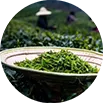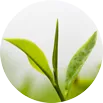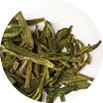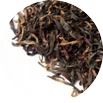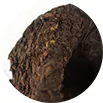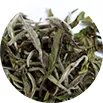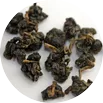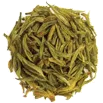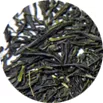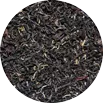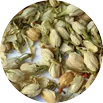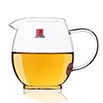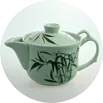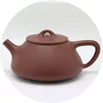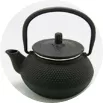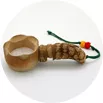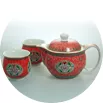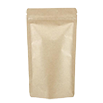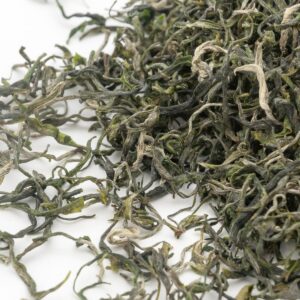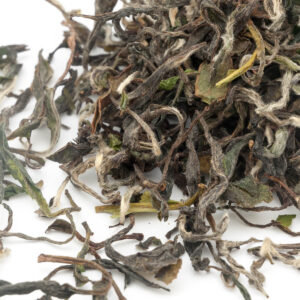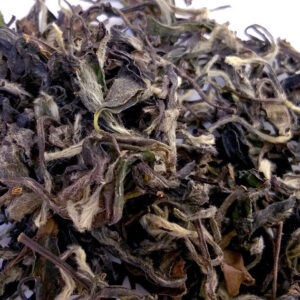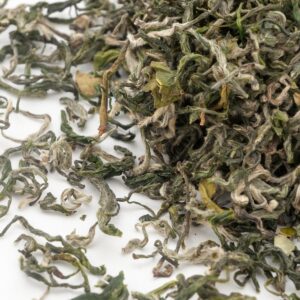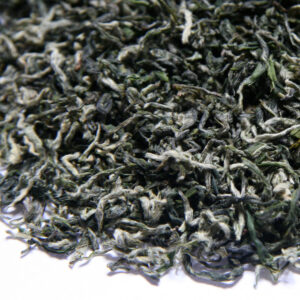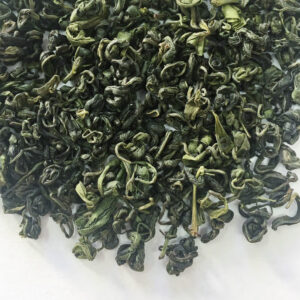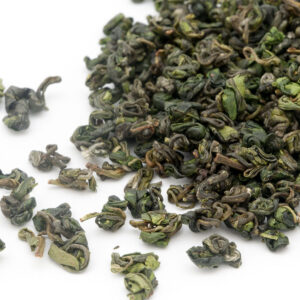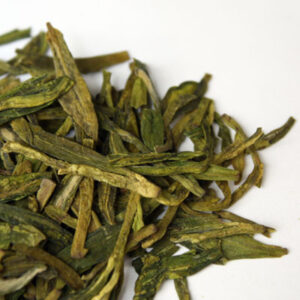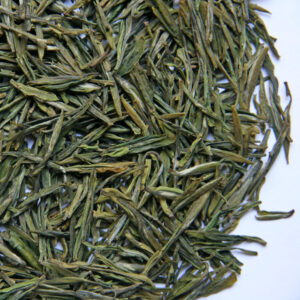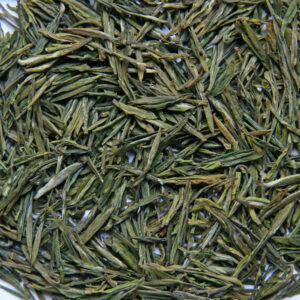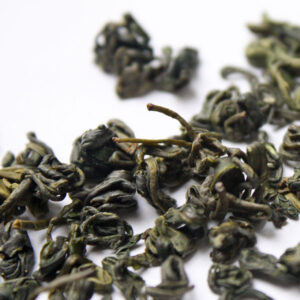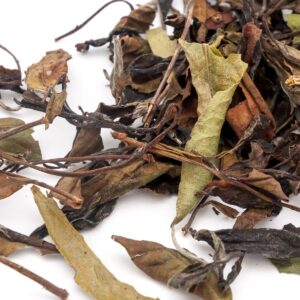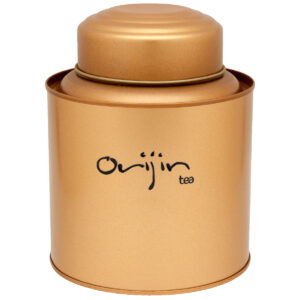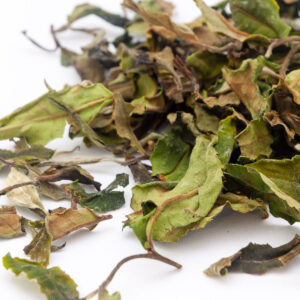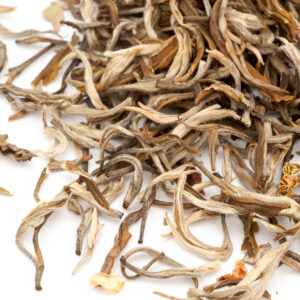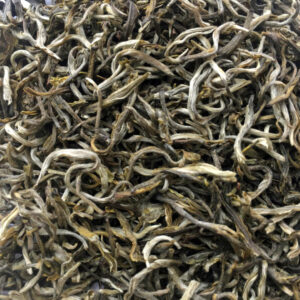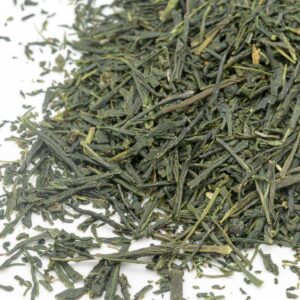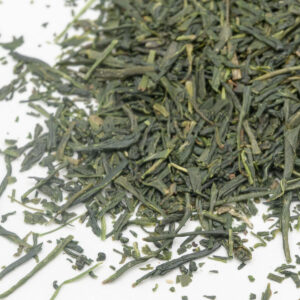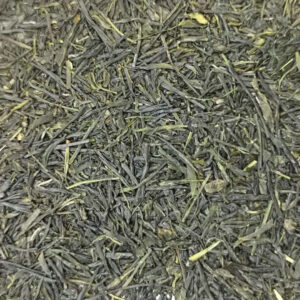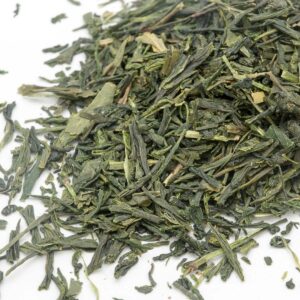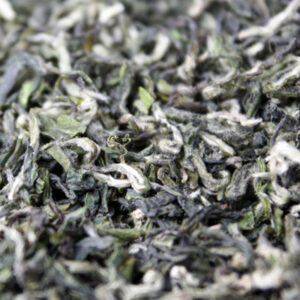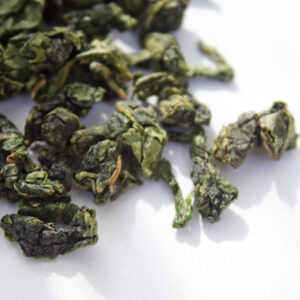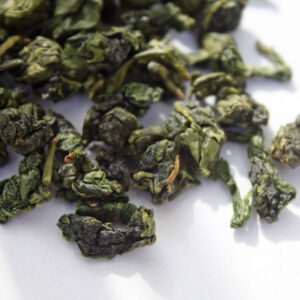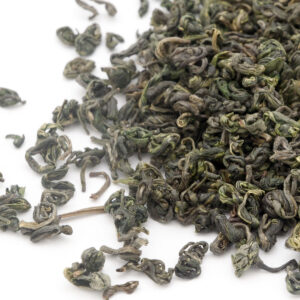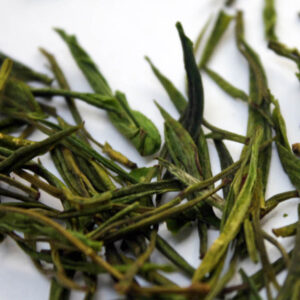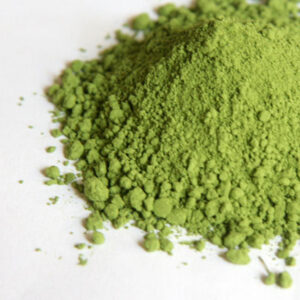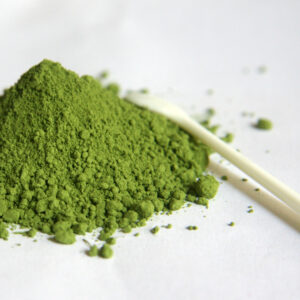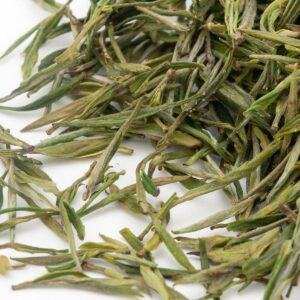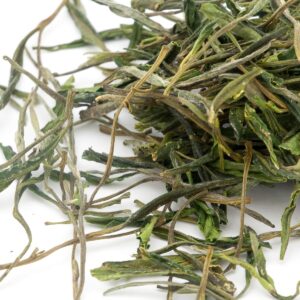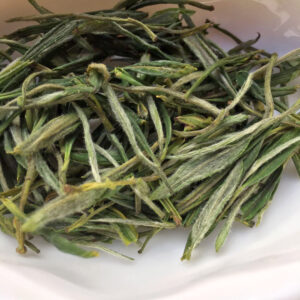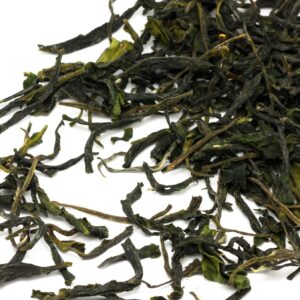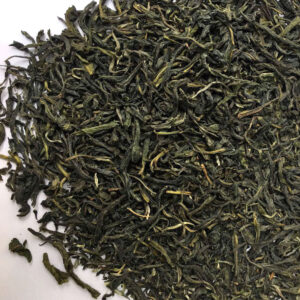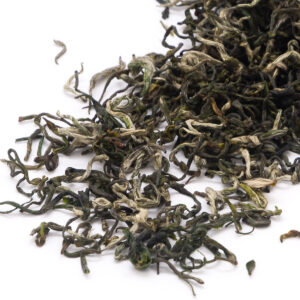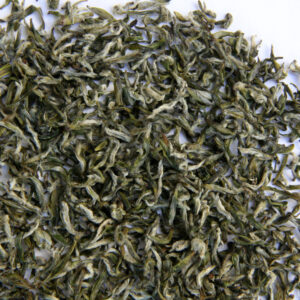Bai Xue Long
"White Snow Dragon" - a beautifully processed white tea with an intensely sweet-herbal aroma. The yellowish, sparkling infusion smells complexly of fruit and herbs. The taste is strong, sweet, without a trace of astringency.It is one of the few newly produced white teas, which thanks to its high quality soon gained popularity not only in China but also in other countries.
Bi Luo Chun Ji Pin
"Green Snail Springtime" - It is also known as the "One tenderness, three freshness", it's fragrant, strong, mellow, and bright in color. Floral and fruity, refreshing, with a special charm. The high grade of one of the ten most famous Chinese teas.Tender and pleasantly smoky taste with tones of honey and ripe fruit that leaves a long sweet aftertaste in the mouth. Very pleasant drink not only on summer days.
Lung Ching Shi Feng
"Lion's Top Dragon Well" - According to traditional Chinese view, the true Long Jing is supposed to have four characteristics (or four treasures) - a bright green color, a dense aroma, a saturated taste and a beautiful shape.Our Shi Feng has all these qualities in abundance. To better enjoy not only the taste, but also the look of this famous tea, we recommend using a glass teapot or tall glass to prepare it. The tea is watered with water around 80-85 ° C. Tea should be handled with care, it is better to prepare it softer to maintain its delicate rich aroma.
Meng Ding Yu Ye Zhang Chun
"Long spring jade leaves" - Tiny flat leaves from a fine harvest - only a bud and a leaf.When dry, it smells wonderfully fresh and fresh of spring herbs or flowering meadows. The taste is uplifting, sparkling and slightly spicy. Aftertaste gets on the palate. Fresh light tea, ideal for enjoying spring.
Song Luo
Traditionally processed green tea directly from the famous Song Luo mountain in its higher elevations. The dark green even leaf curled into fine looser balls gives off a slightly smoked pleasant aroma. The color of the infusion is yellowish sparkling and completely transparent. The taste of the tea is very full, only lightly and very pleasantly smoked and yet very fresh and light as a breeze.
Yunnan Bai Mu Dan
„Bílá pivoňka“ – známkou vysoké kvality je přirozený tvar listů, hluboká, lesklá šedozelená barva a velký podíl ‚bai hao‘ – bílých chloupků z tipsů.Barva nálevu je žlutavě-jantarová, vůně květinová. Chuť hladká a zároveň plná, kulatá. Aftertaste dlouhý, příjemně sladký. Čaj stačí luhovat jen krátce, nálevů vydrží mnoho.
Bi Luo Chun
"Green Snail Springtime" - Very fine green tea that needs to be picked in early spring, as soon as the first tender leaves appear, as the contents of amino acids and tea phenols is highest. The tea must be processed on the same day as it was picked. And the whole process (picking, drying and rolling) must be completed by night.Bi Luo Chun has seven different classes of quality - the lower the class, the larger the leaves and vice versa. For higher grades, the drying temperature used is lower and the leaf handling more careful. The aroma of dry tea is indescribable, almost honey like, the leaves are twisted into miniature, richly haired spirals. The infusion has a slightly emerald color with a full, yet very fresh taste.
Song Luo Ji Pin
A selection class of tea from Song Luo mountain, which is honored with the title "Green Gold" among the famous teas of China.The crystal-clear infusion is strong, slightly grassy and has a sweet taste of Chinese olives. Tea processed only from tips is strong, dense and contains a considerable amount of fine fluff. Not only does this tea have an excellent color, aroma and taste, but it also contains many substances that a person needs. According to research, it has a high content of vitamin C (up to 170 mg / 100 g), it also contains up to 17 types of amino acids, organic compounds and minerals that have both nutritional and healing effects.Song Luo is recommended primarily to support digestion, also helps remove fats from the body, relieves heat and can regulate the flow of life energy. It has often been prescribed for the treatment of high blood pressure, kidney disease, cardiovascular disease, dysentery but also for the treatment of skin ulcers.
Fu Ding Matcha
Very finely ground Chinese matcha green tea from gardens in the Fu Ding area (known mainly for white teas). Tea can be used both in the Japanese tea ceremony of chanoju and for informal home preparation or for various culinary purposes.Only the highest quality green tea leaves are used for production, which are slowly ground in stone mills after drying. With the help of gentle processing, the tea retains all the healthy substances contained and a very fresh aroma and taste.
Lu Xue Ya
"Green snow" is a relatively new type of tea, which began to be produced in 2003. Longitudinally rolled leaves have an emerald color and a fresh green aroma.The emerald green infusion is full of dense, balanced and slightly baked taste in other infusions with a slightly sweet aftertaste. Tea can be prepared only in relatively cold water. The leaching time must then be extended to at least 7 minutes. You can easily prepare a delicious and refreshing 'ice tea' on hot summer days.
Meng Ding Gan Lu
"Mengding sweet dew" - the first spring harvest of exceptional and famous green tea from Meng Ding mountain. The tea consists only of small twisted buds and leaves with rich hairiness.Infusion of light yellow color full and refreshing taste with a distinctly sweet and long-lasting aftertaste.Gan Lu is a very famous and sought-after tea in China. Legend has it that the variety of tea tree for its production was first cultivated by a Buddhist monk known as Wu Li Zen. After the monk reached nirvana, the locals gave this tea the nickname Xian Cha, or tea of the immortals. Only tea from the leaves collected on the misty peaks of Meng Ding Mountain can be considered real.



